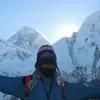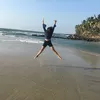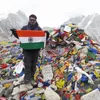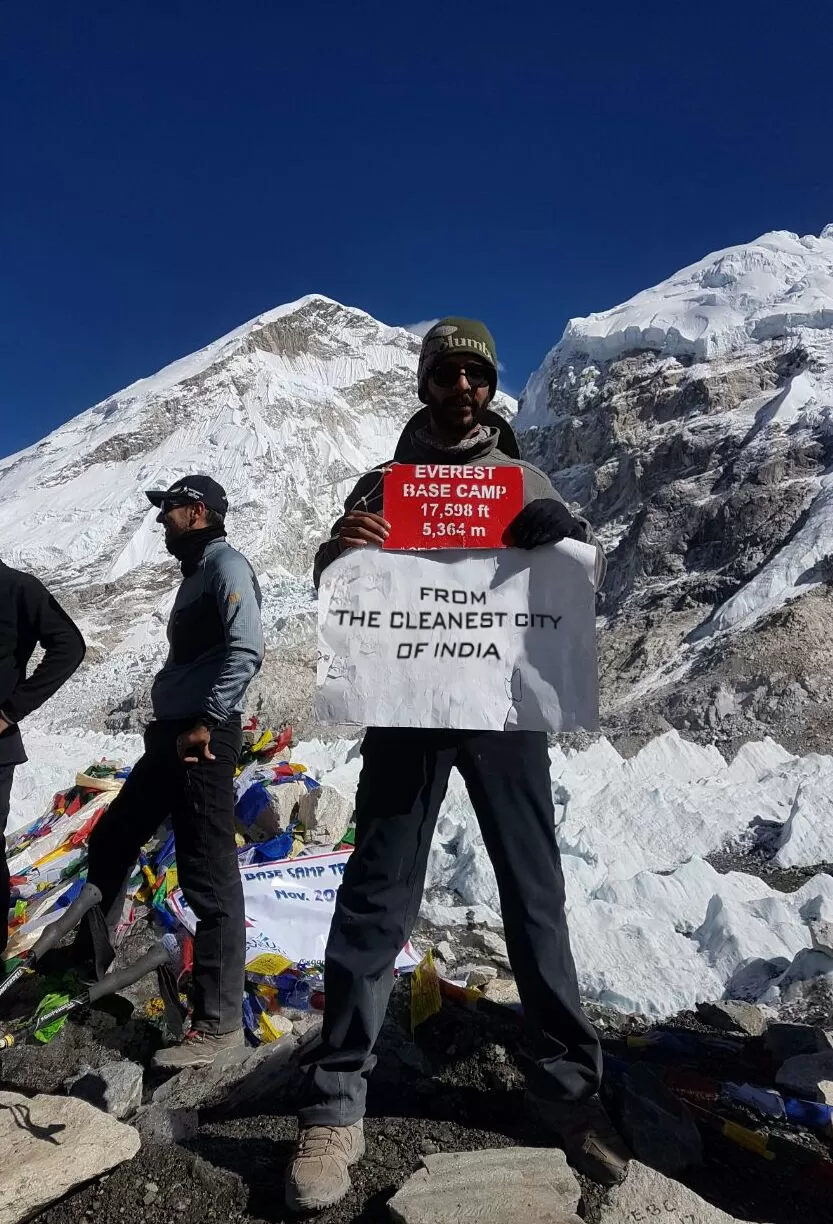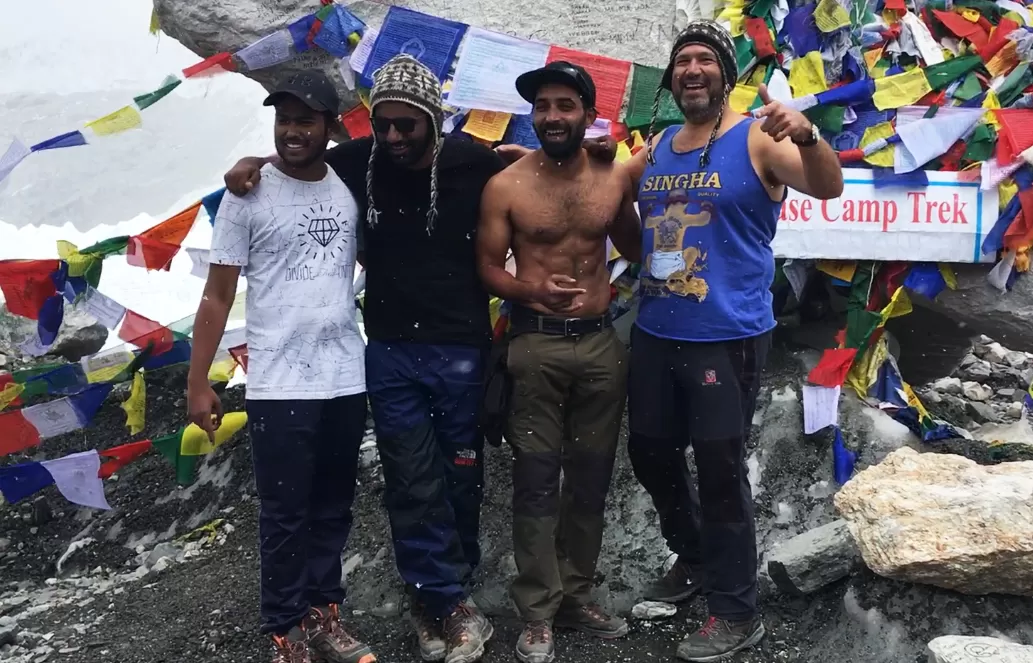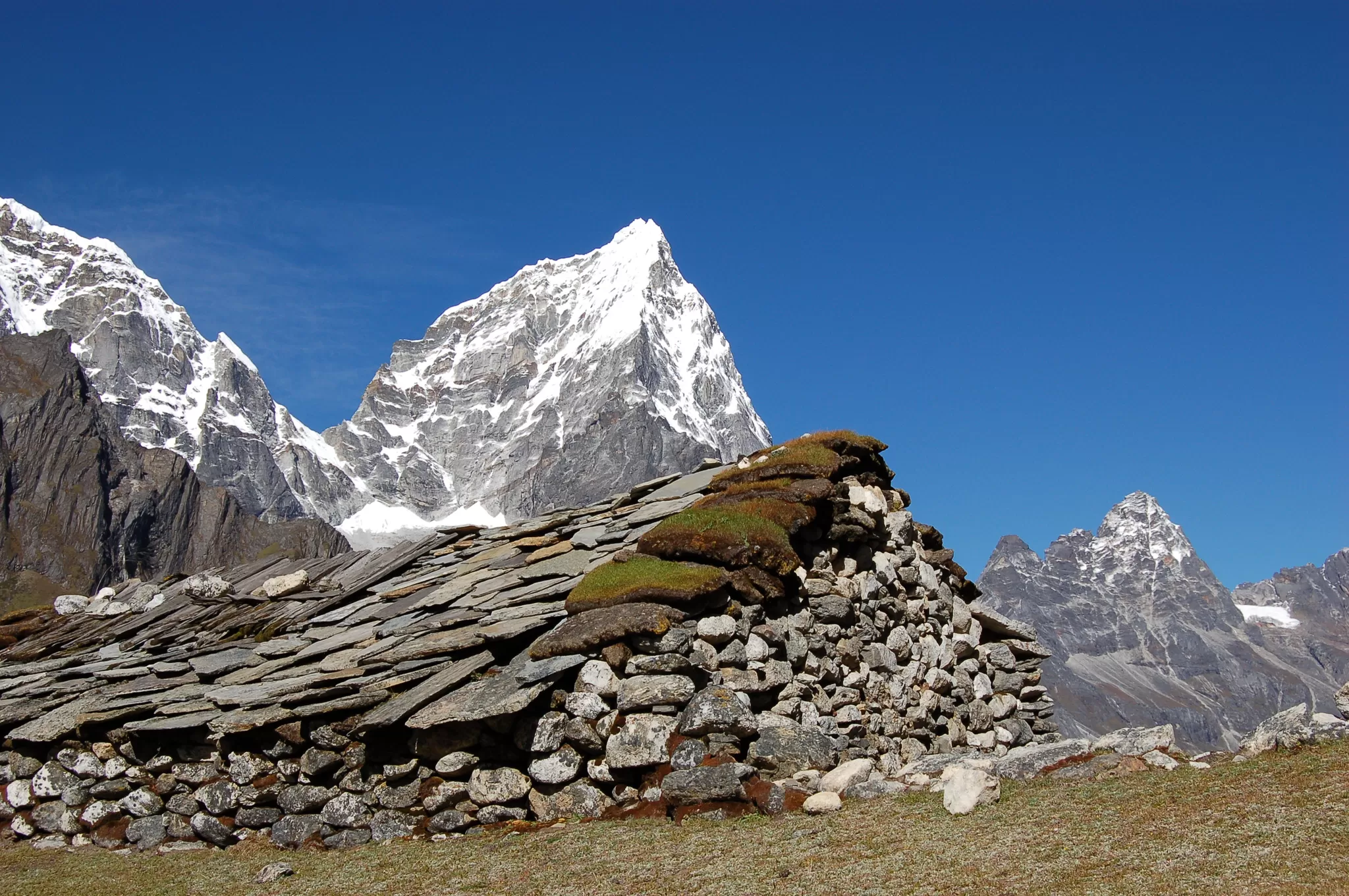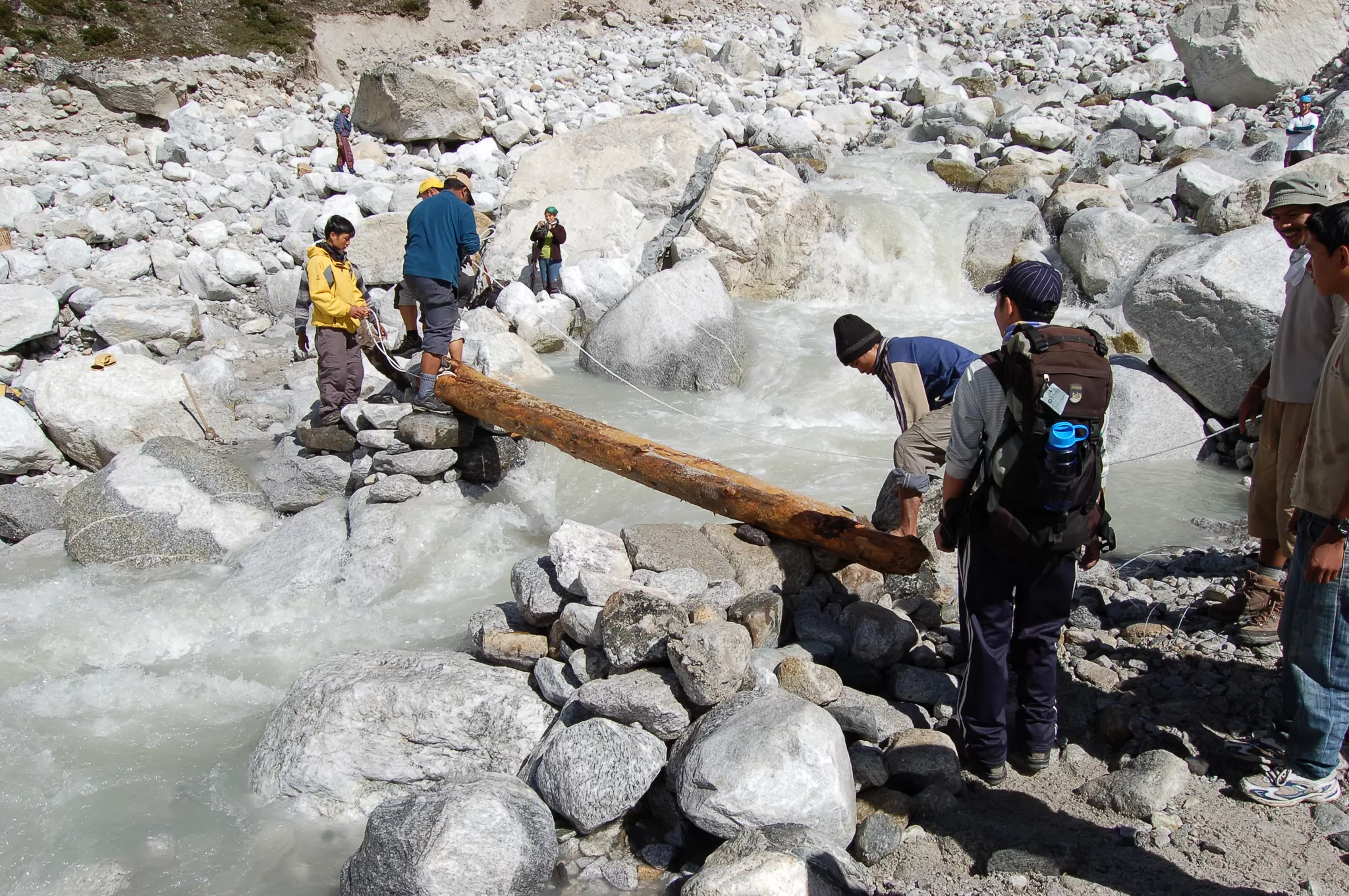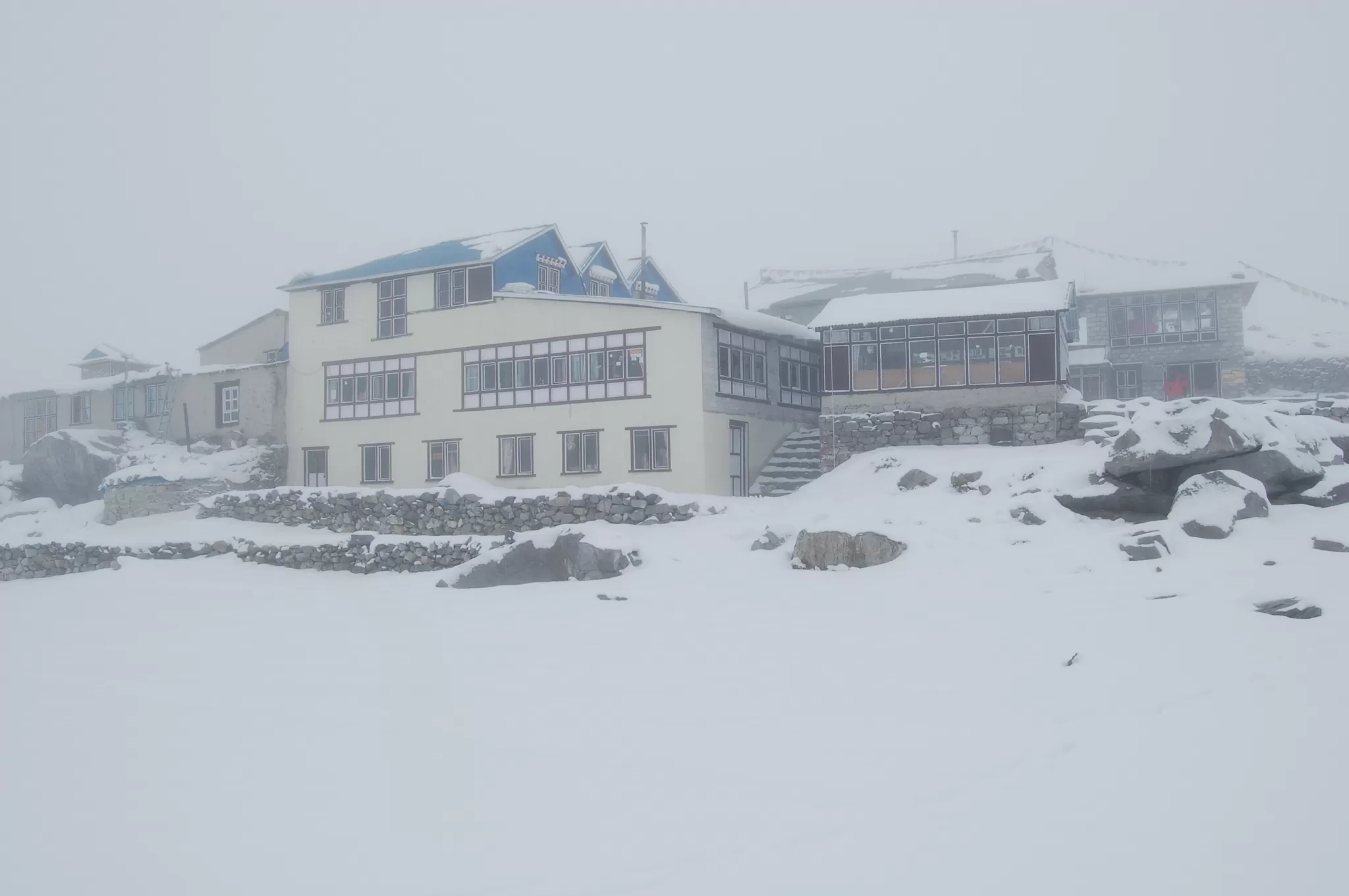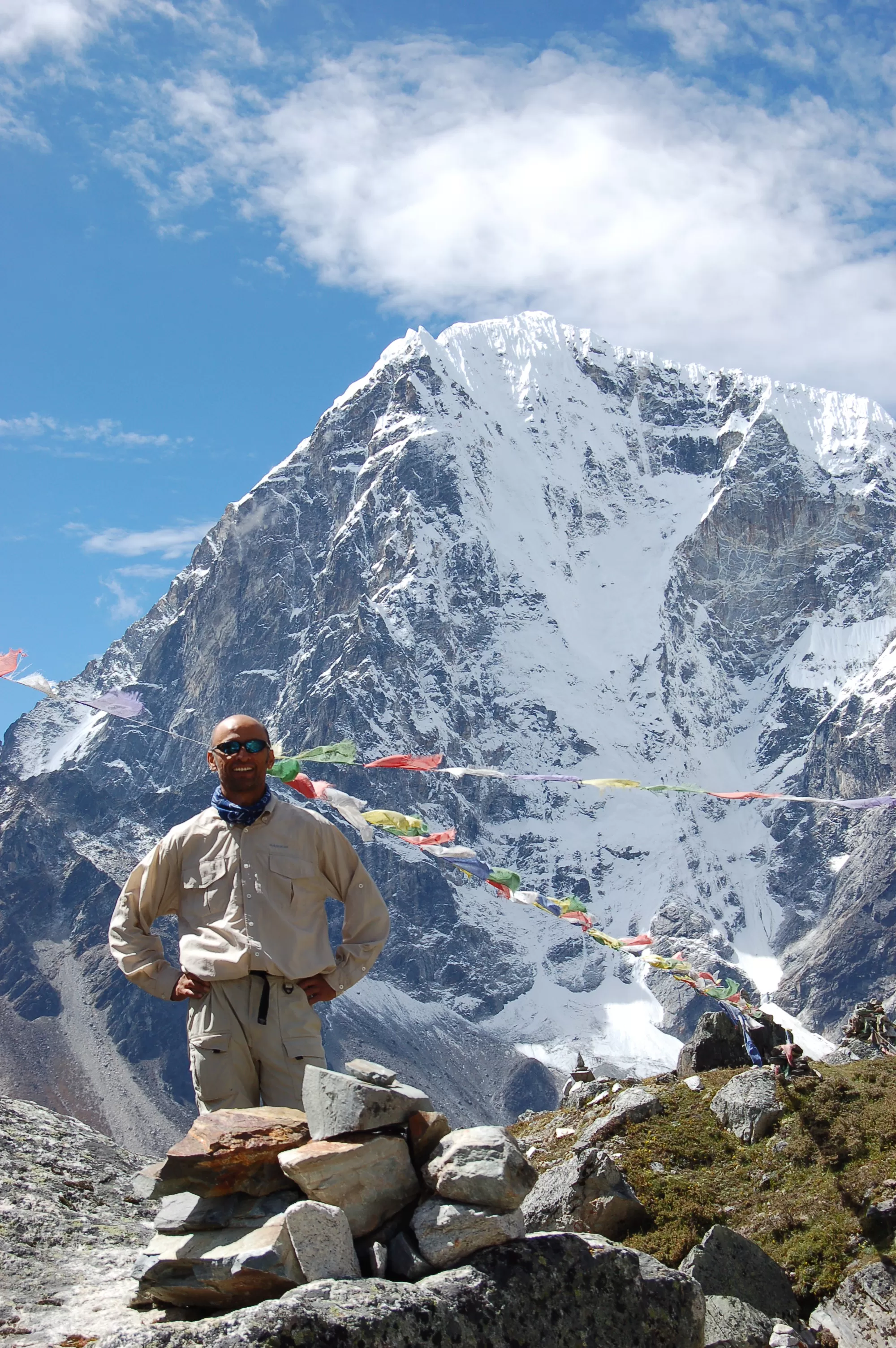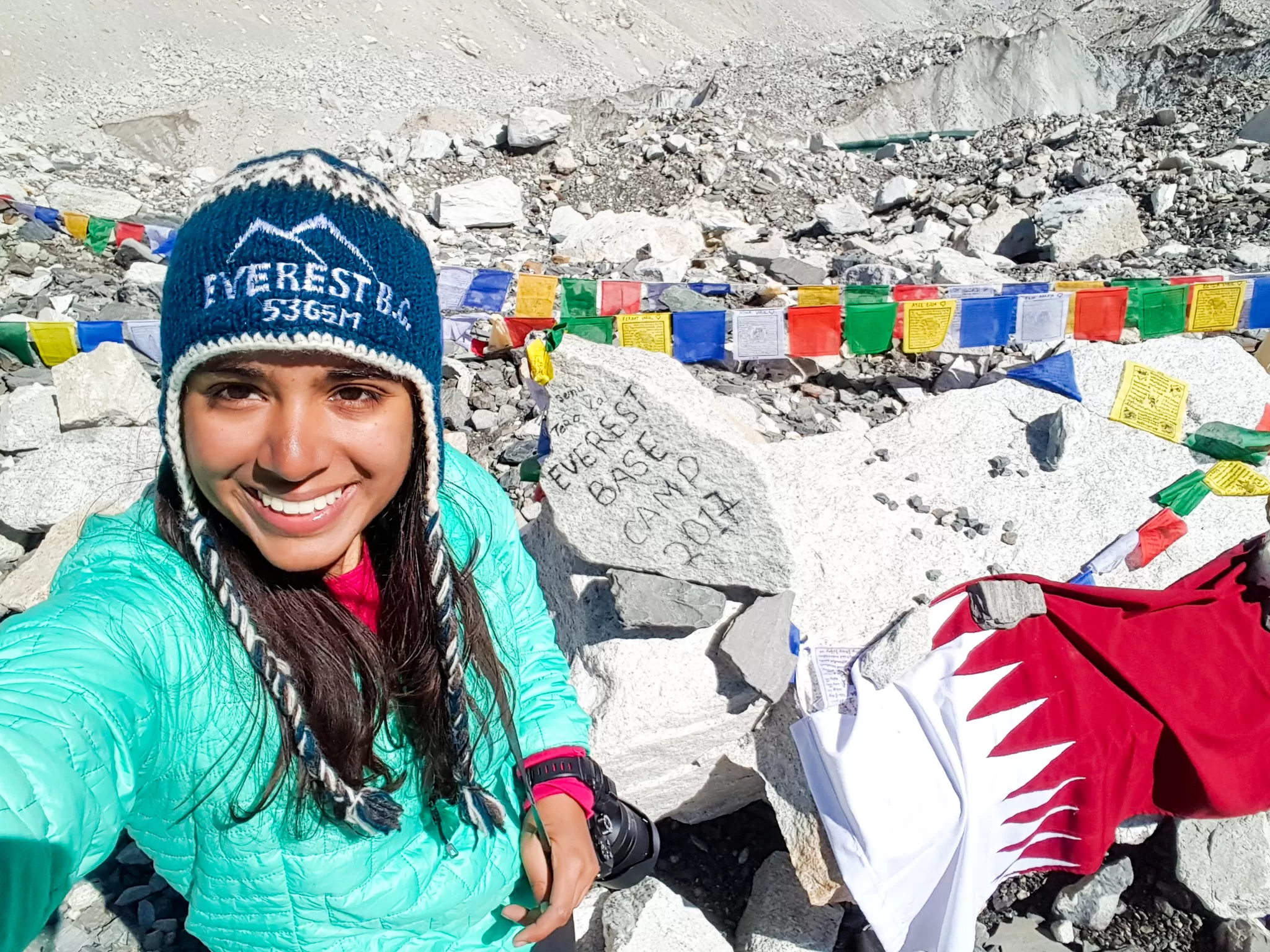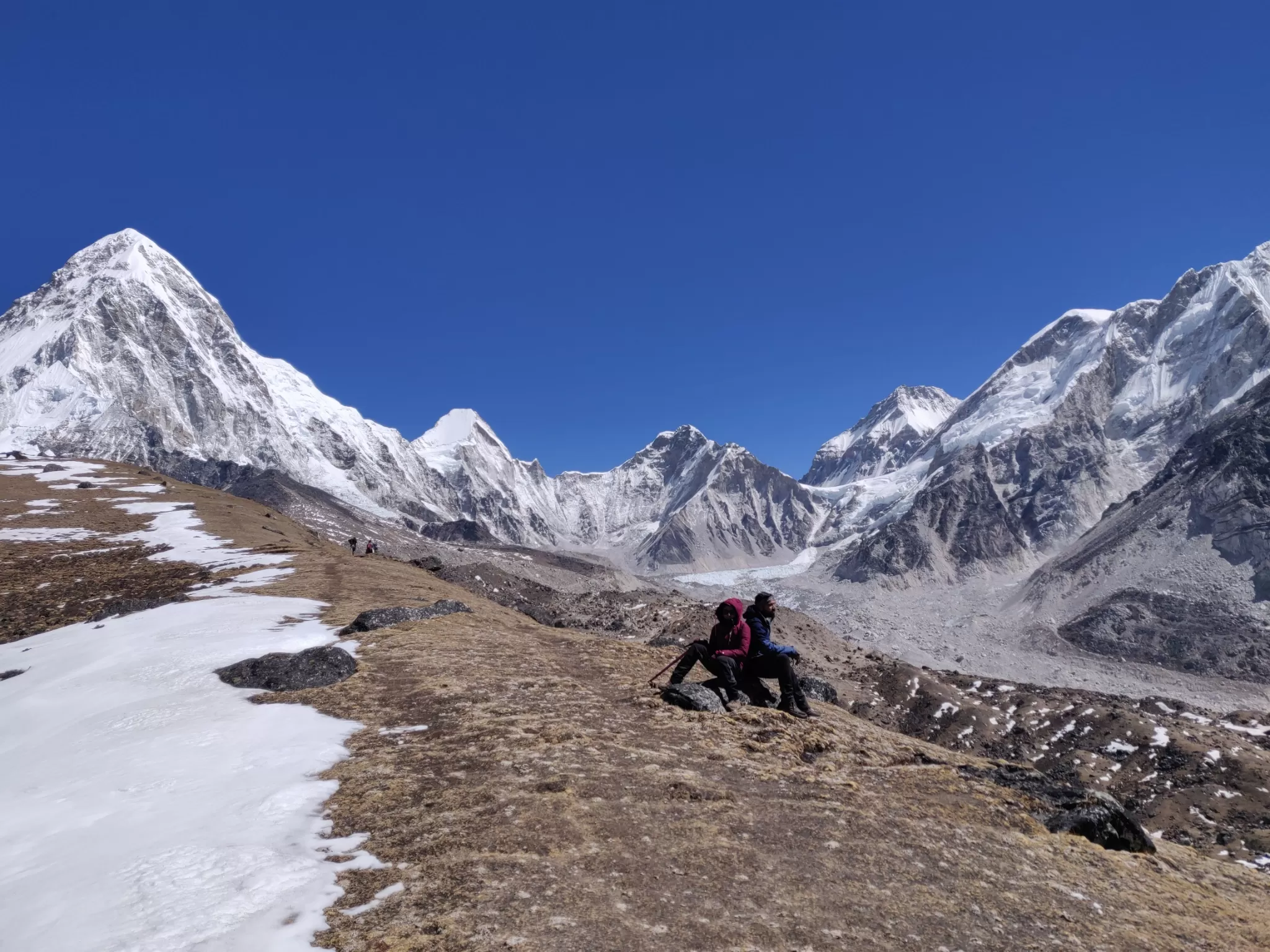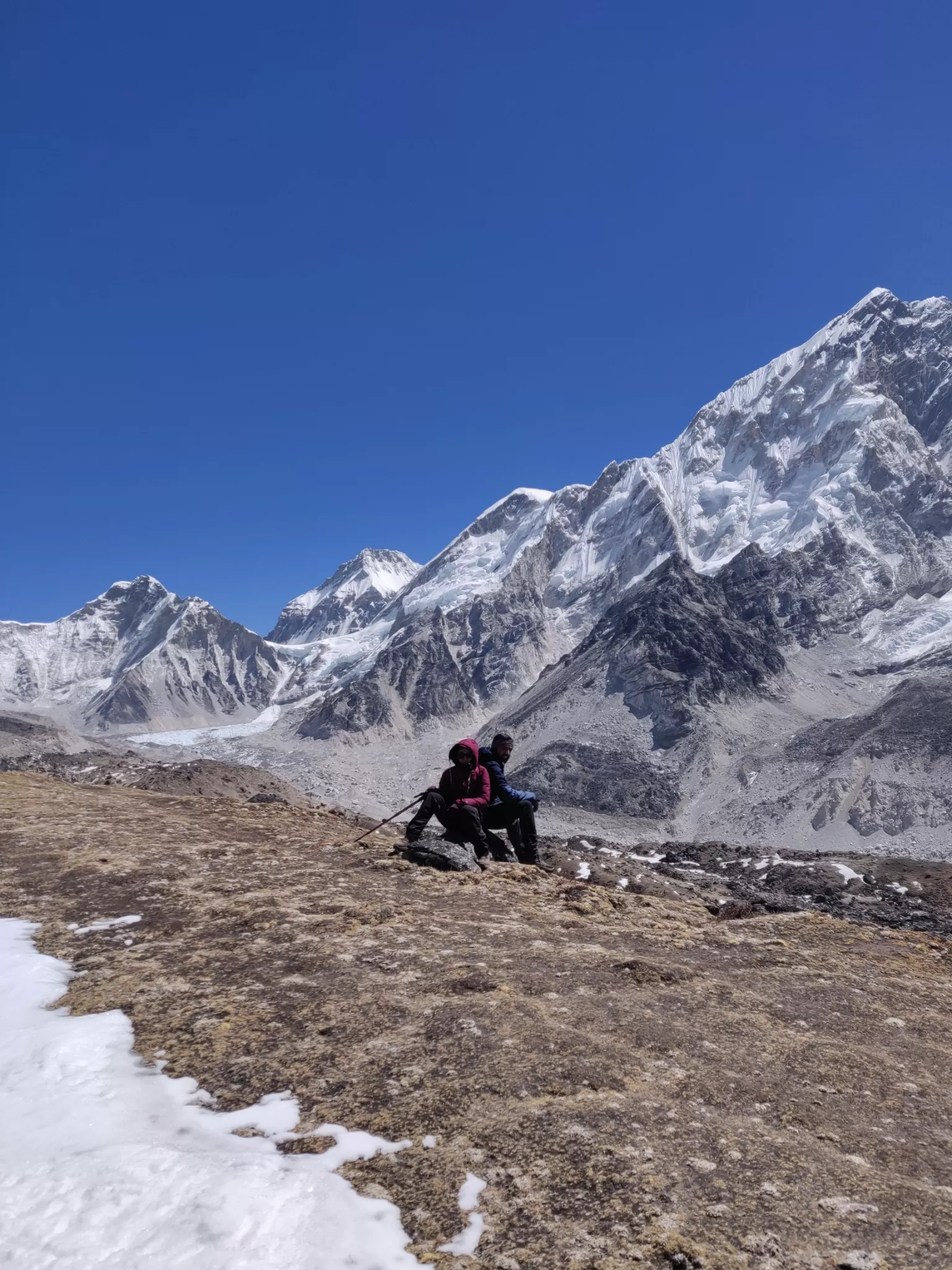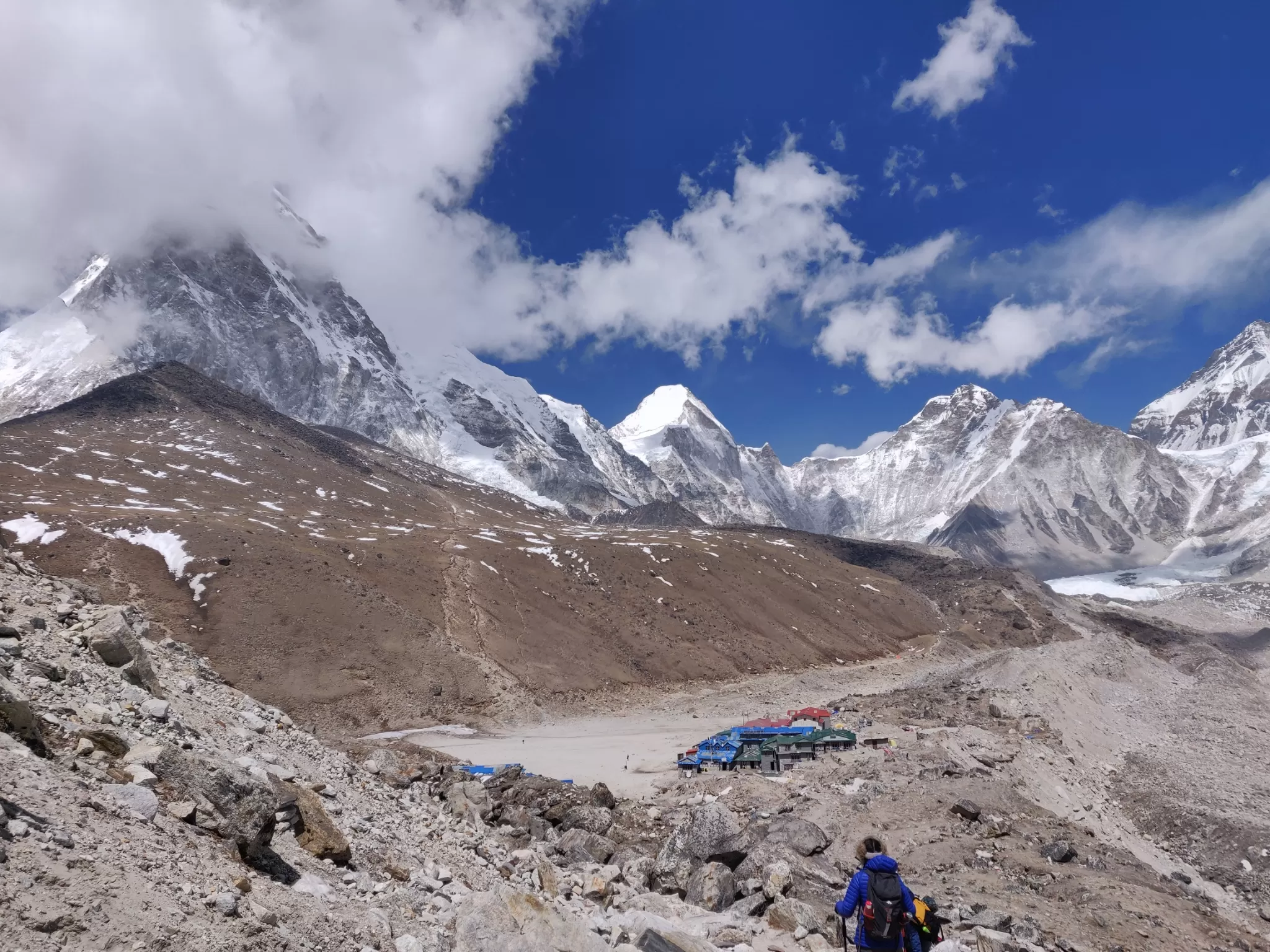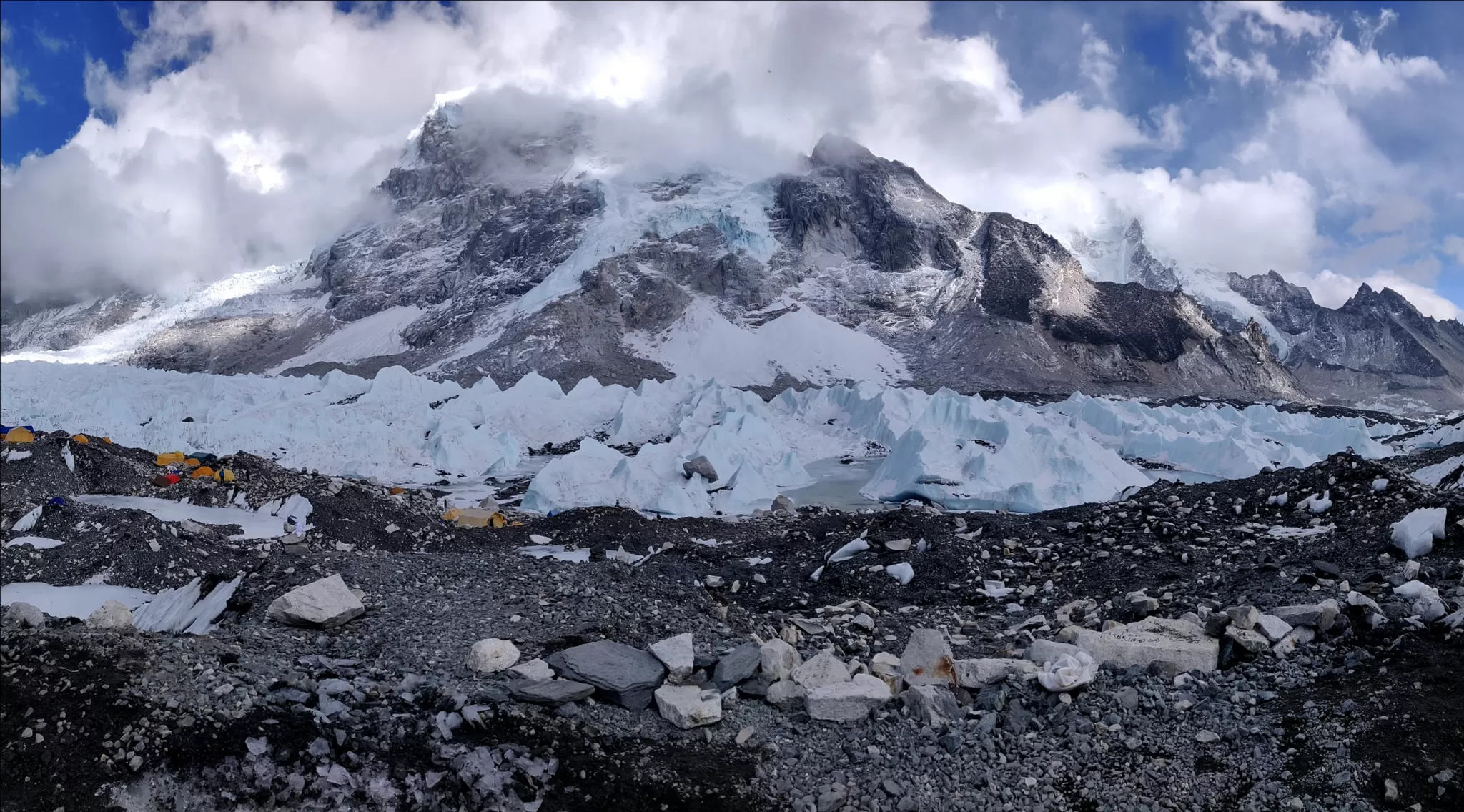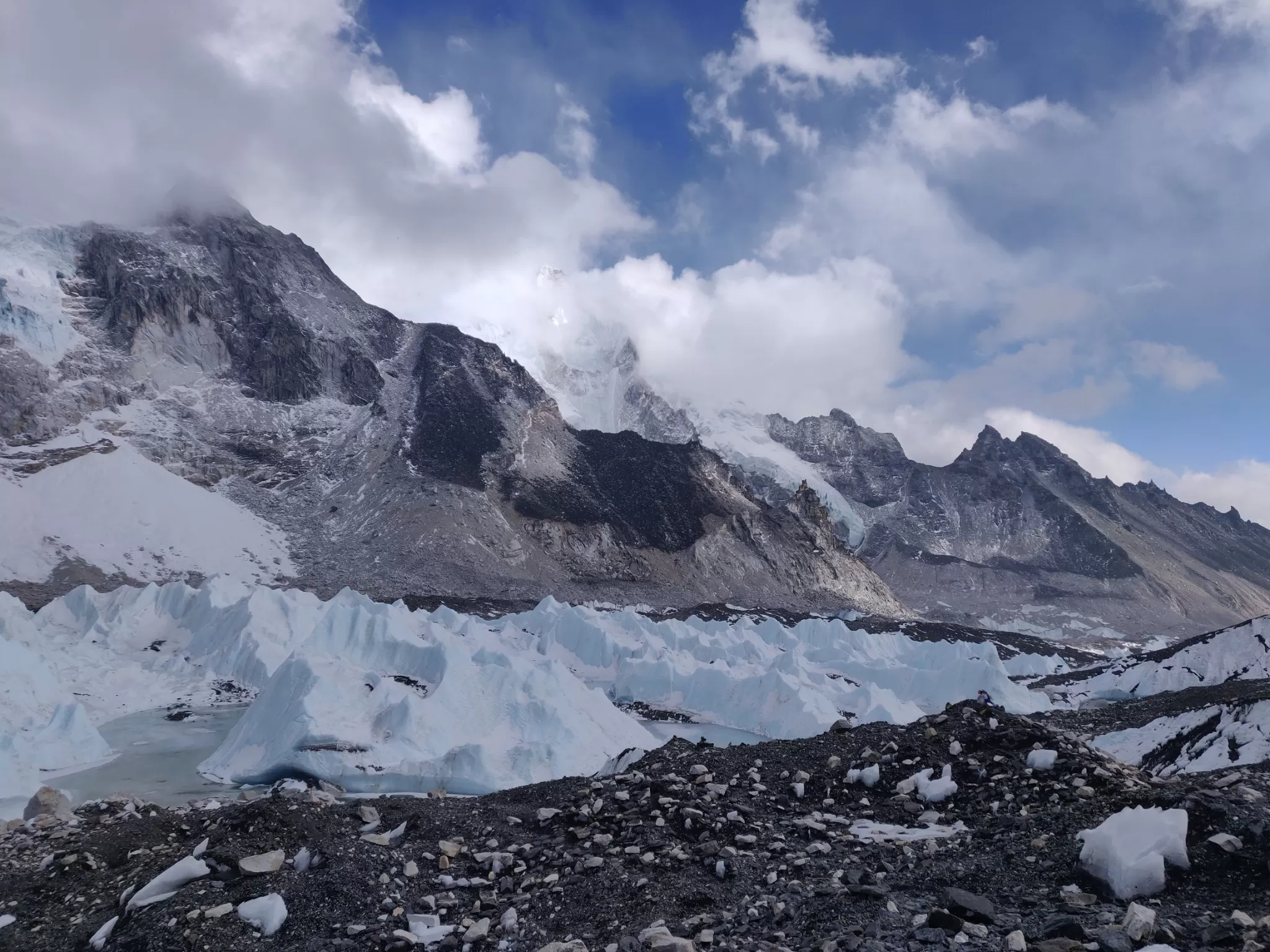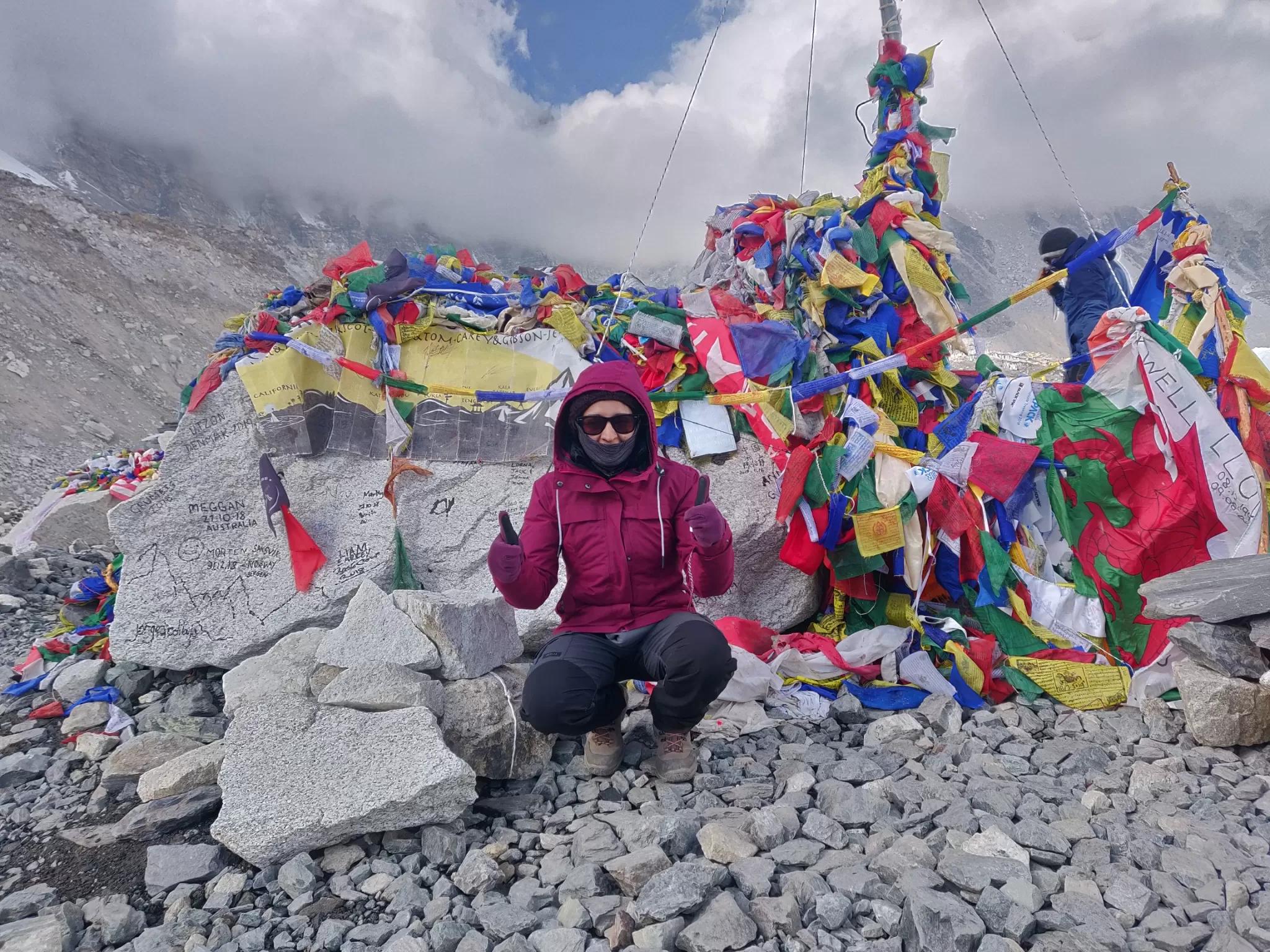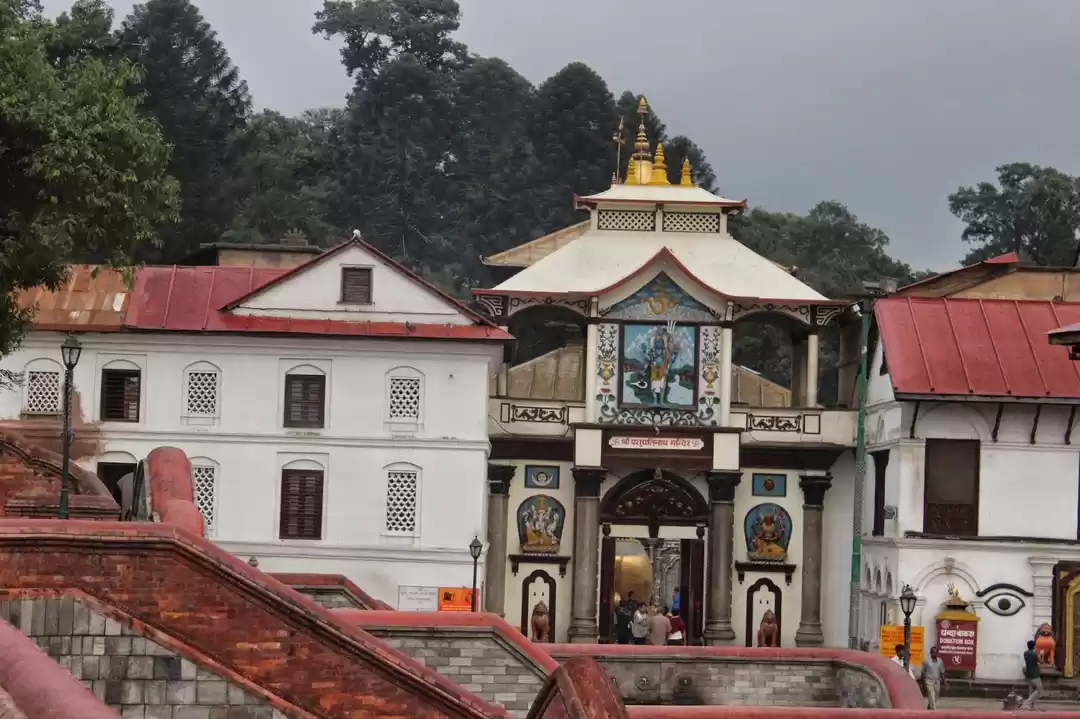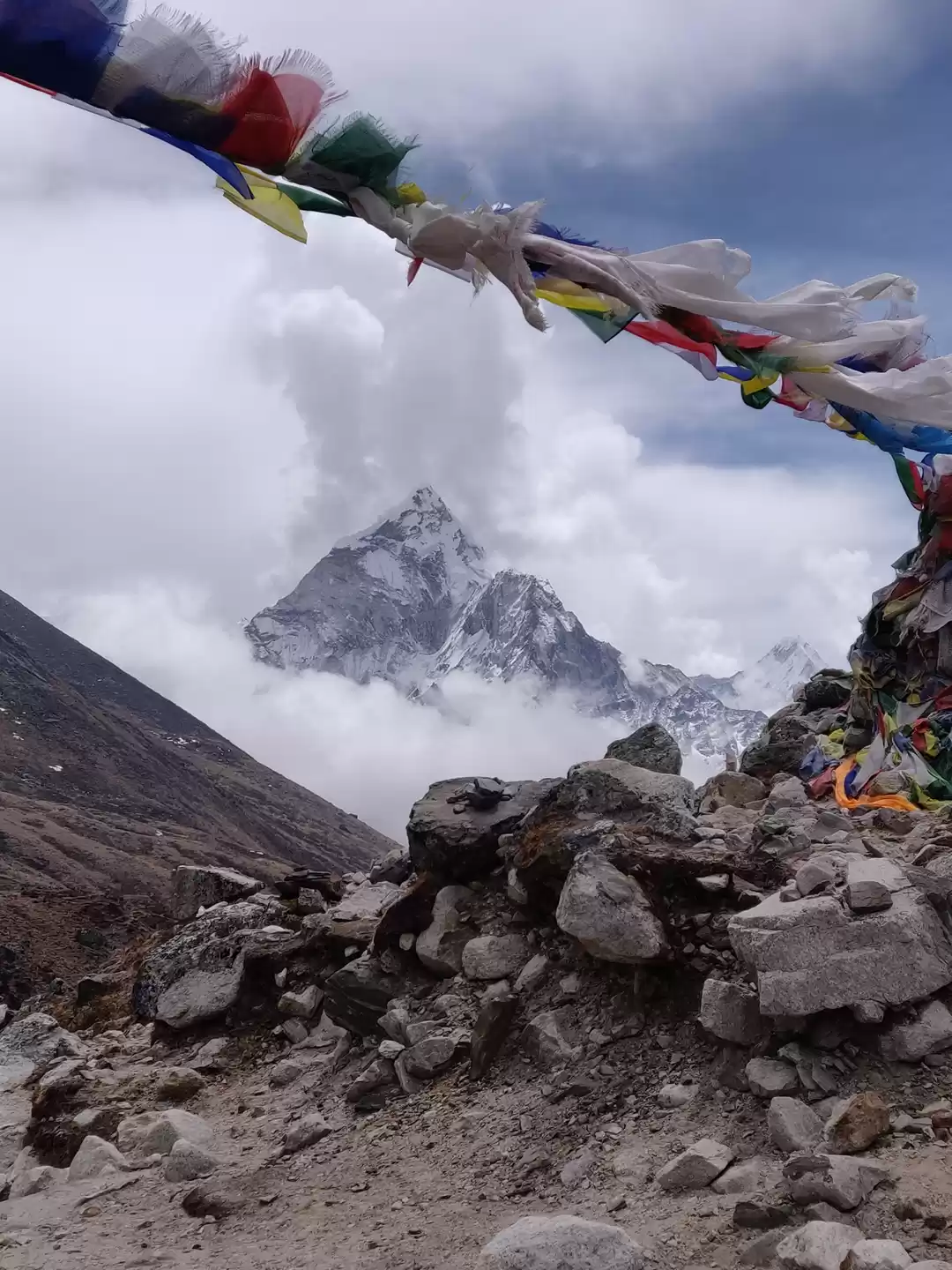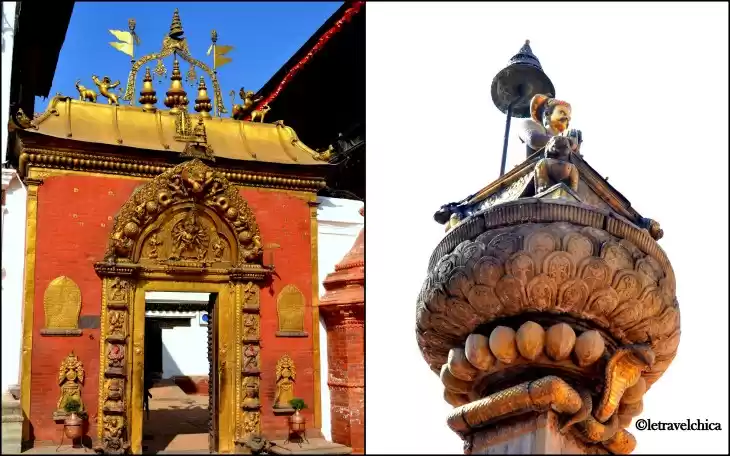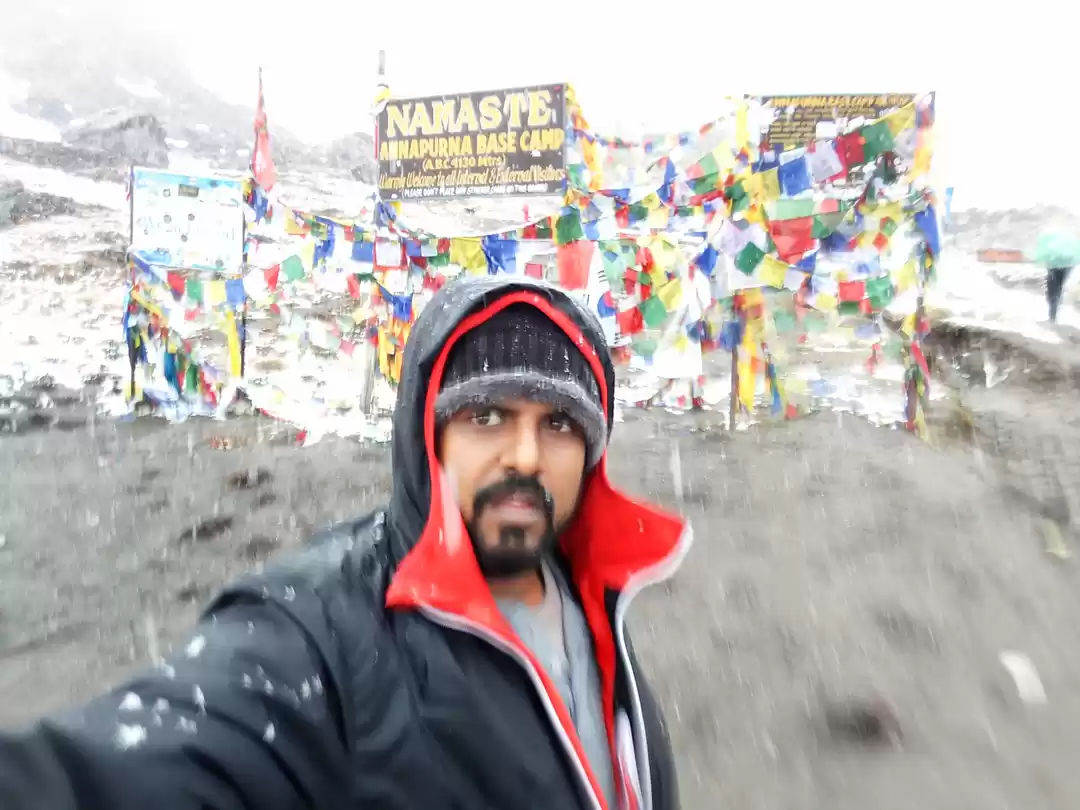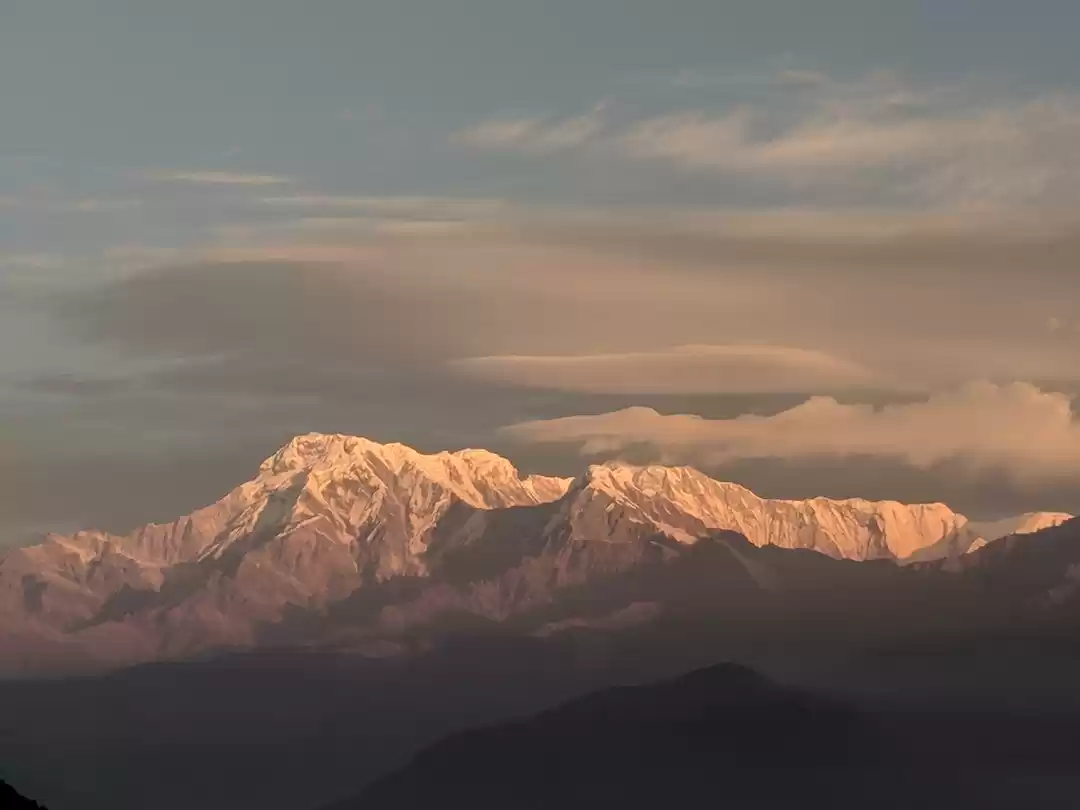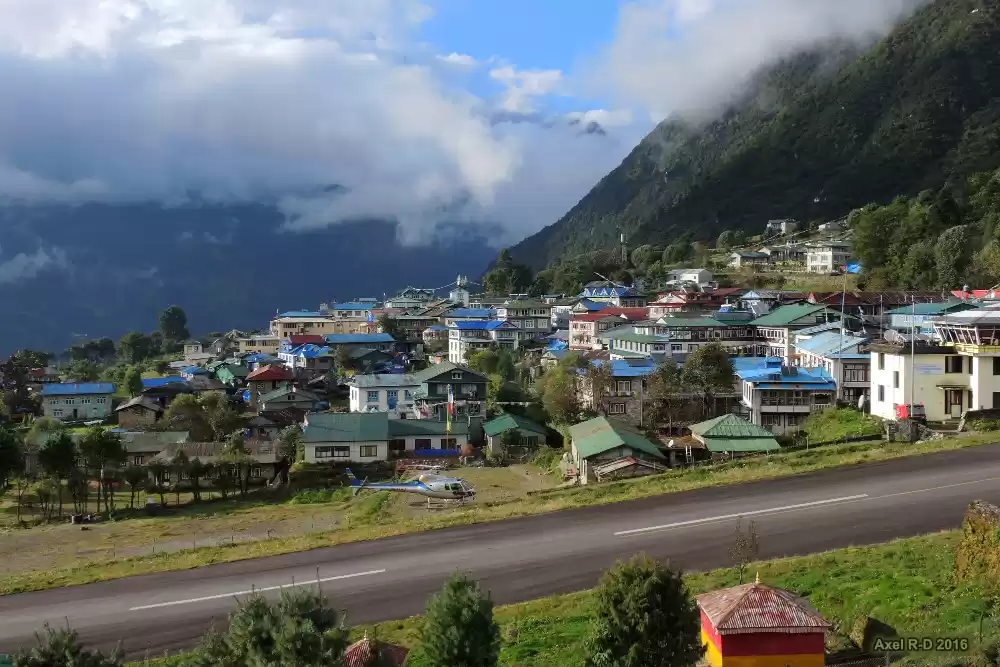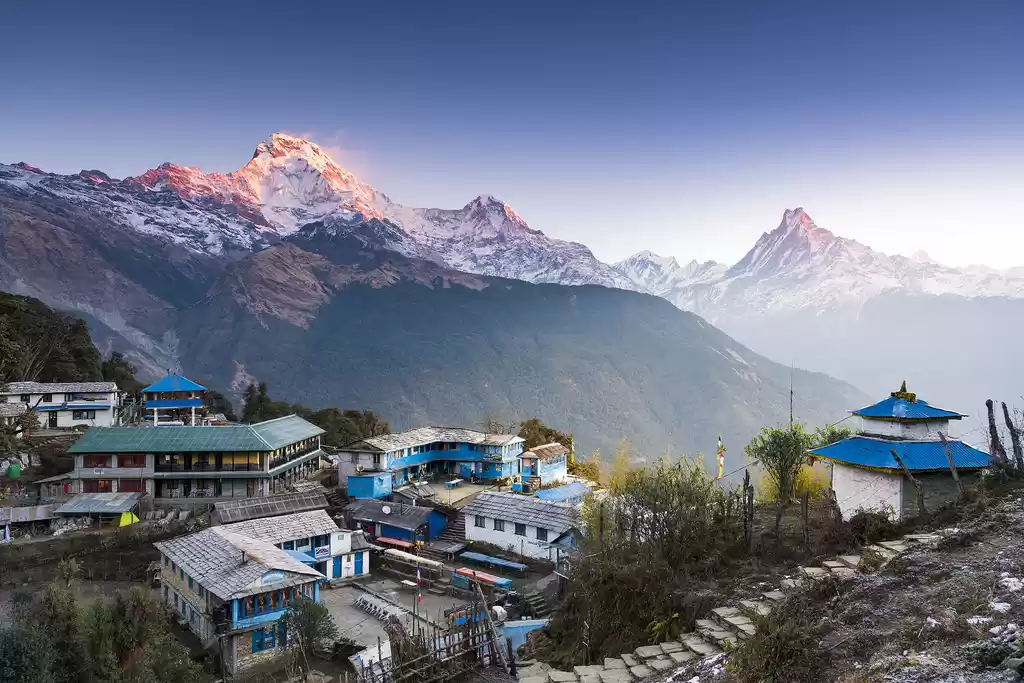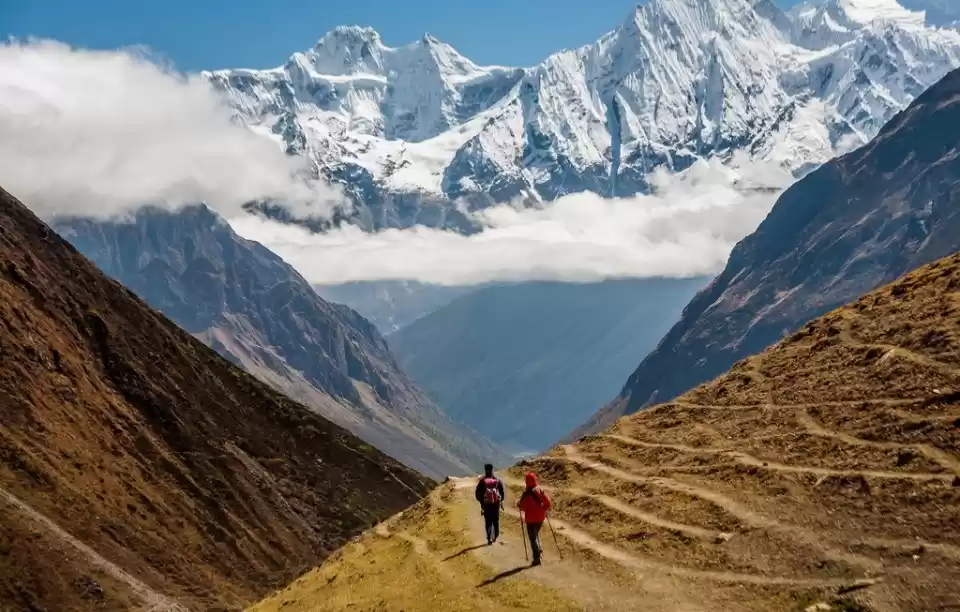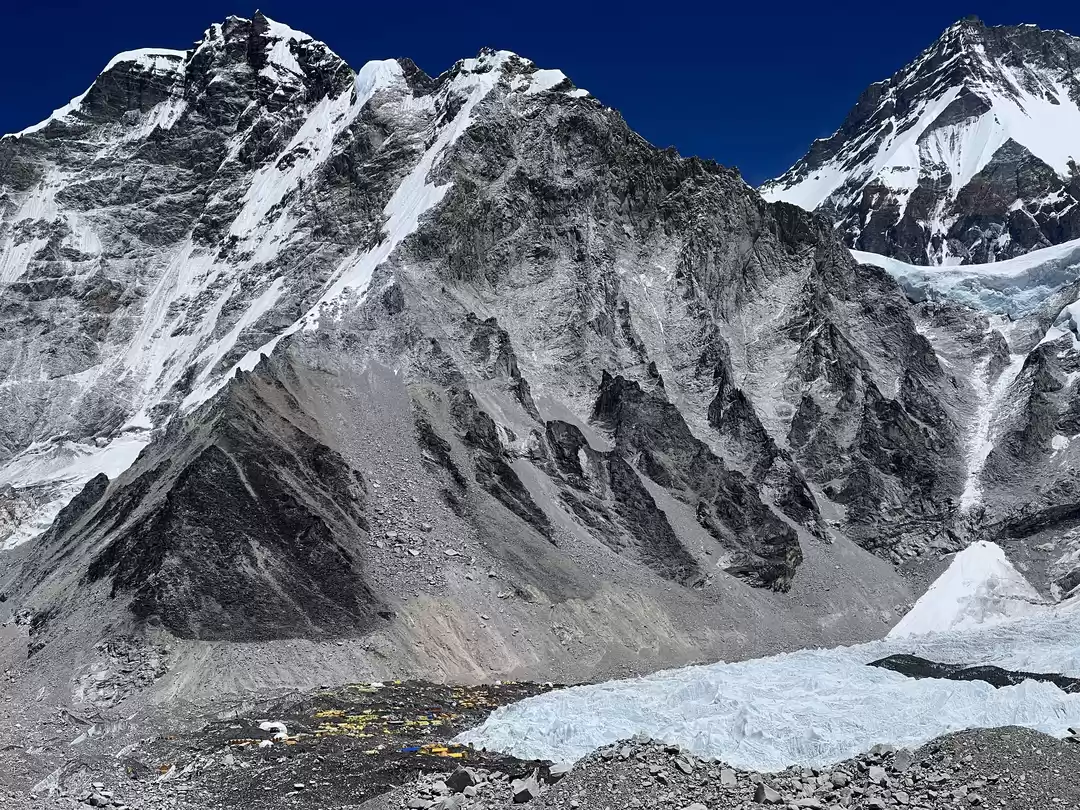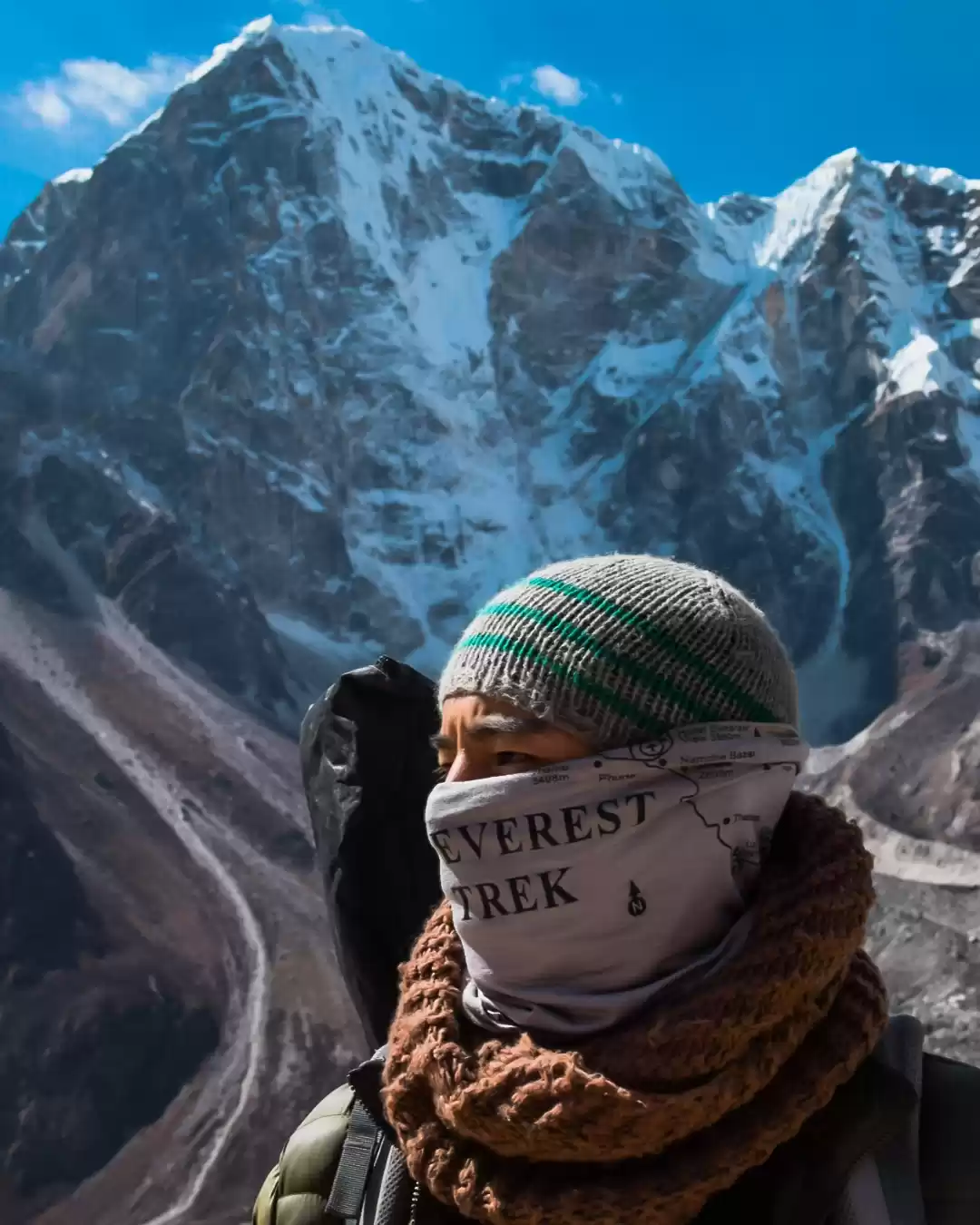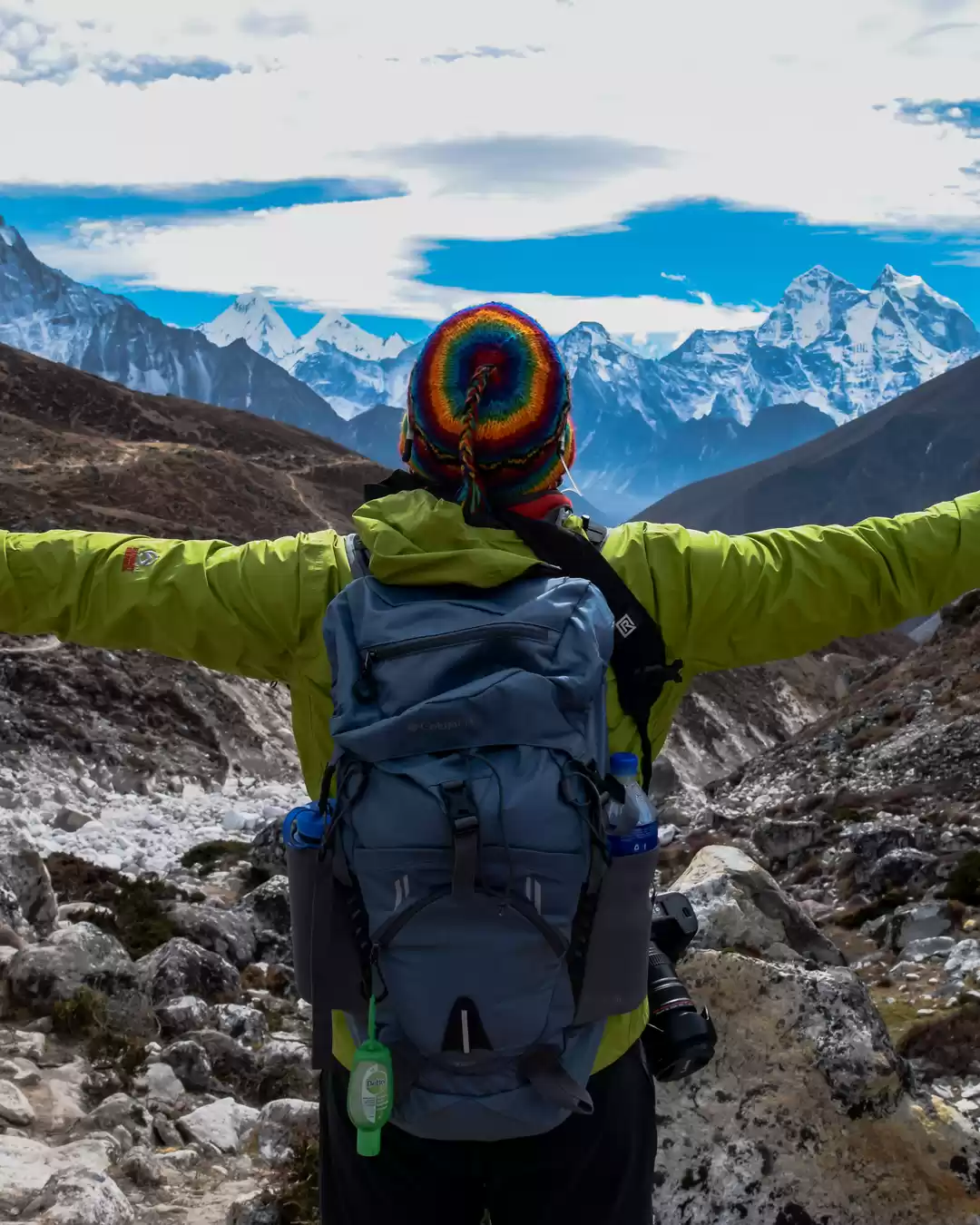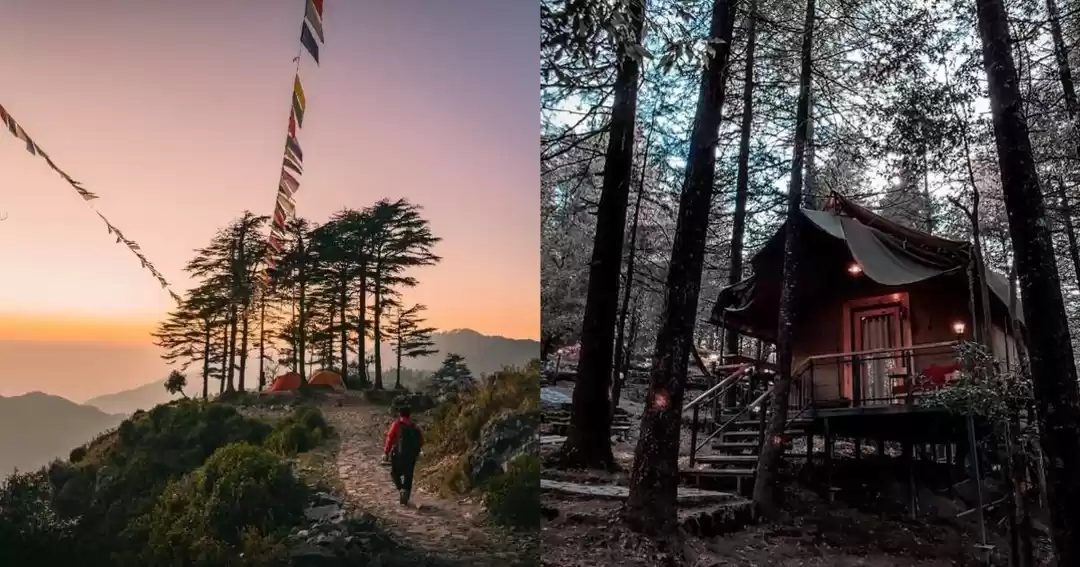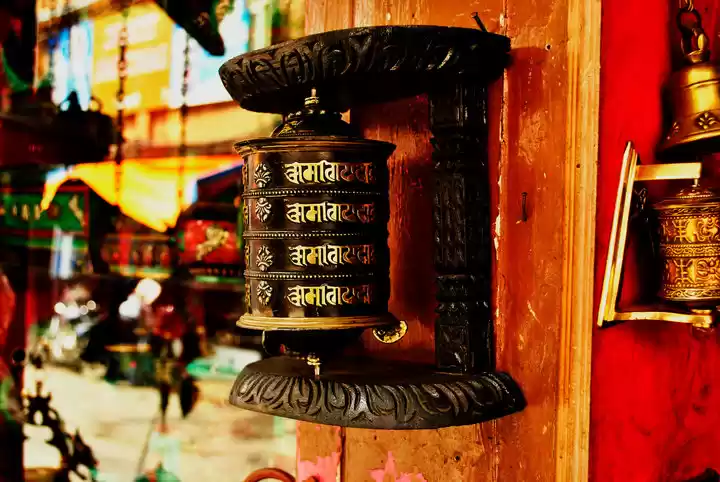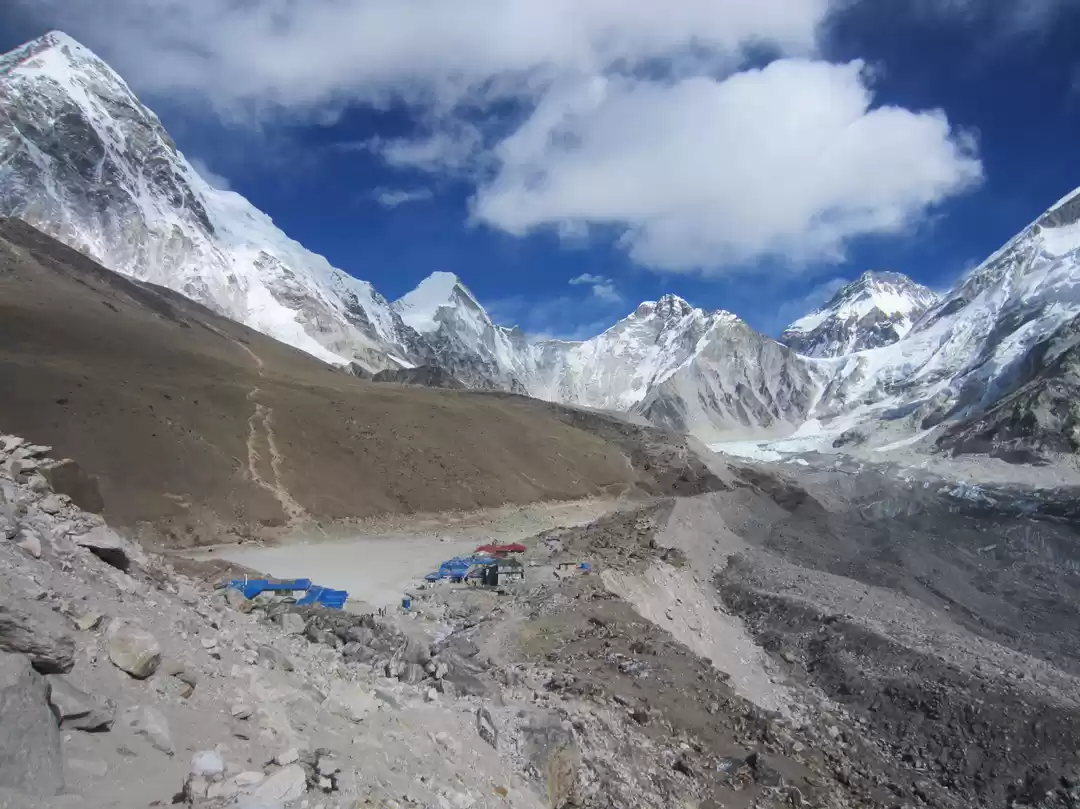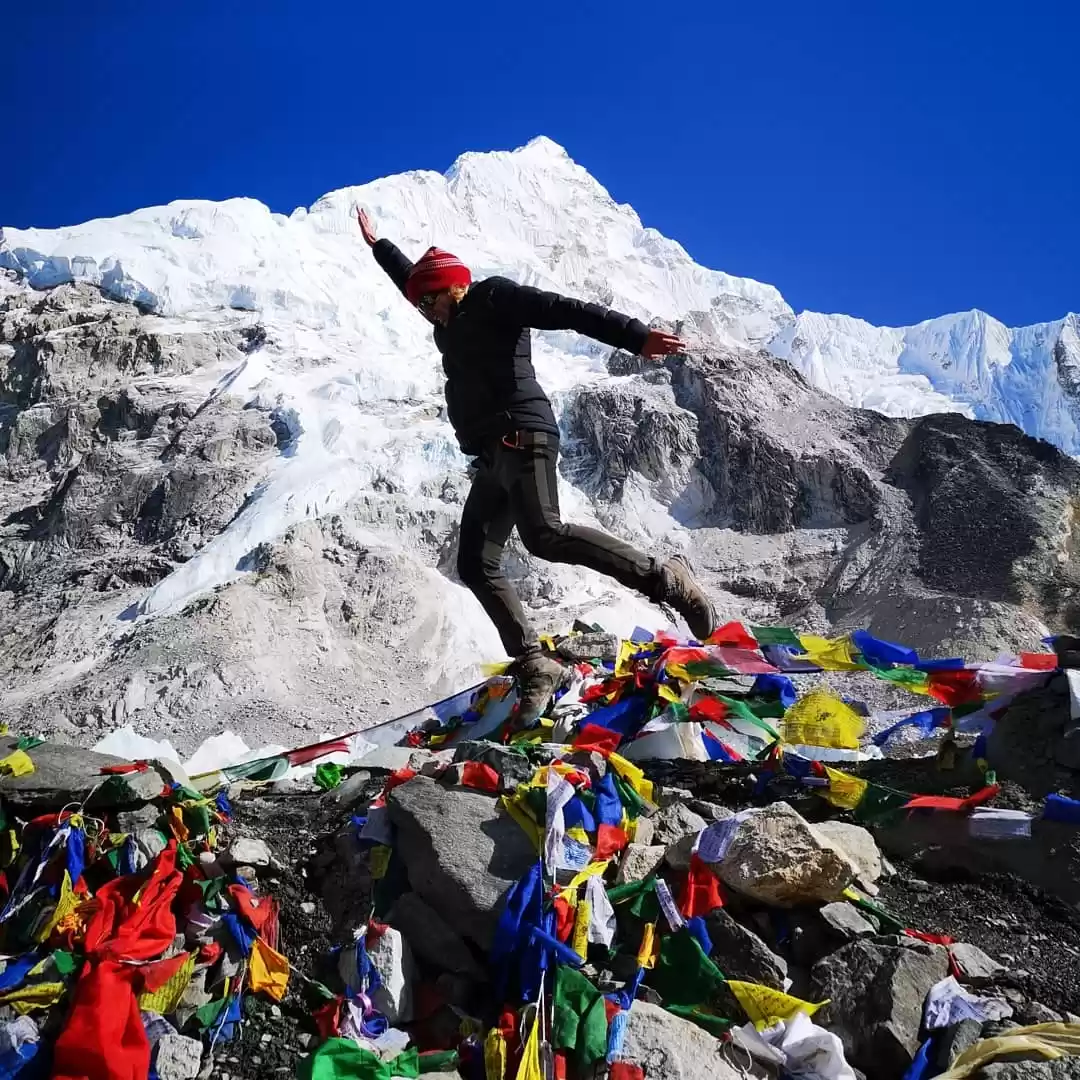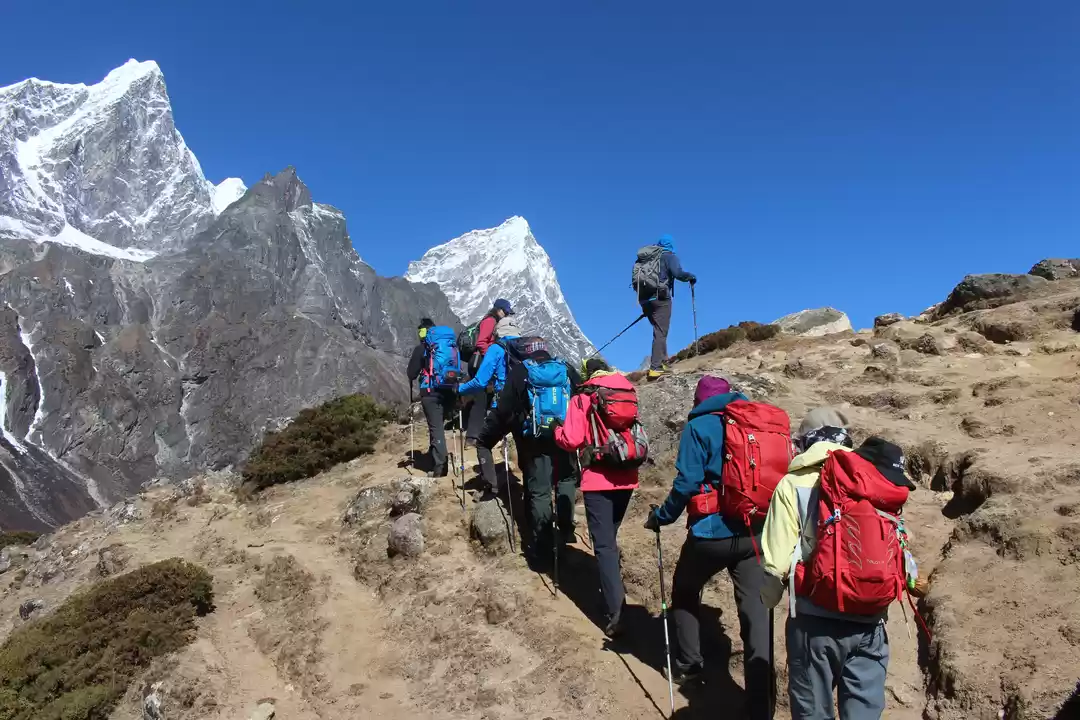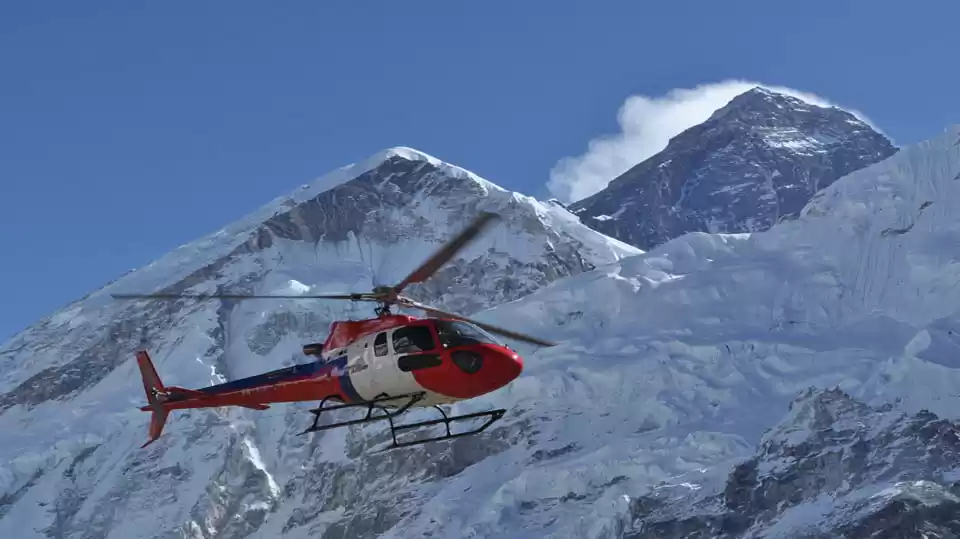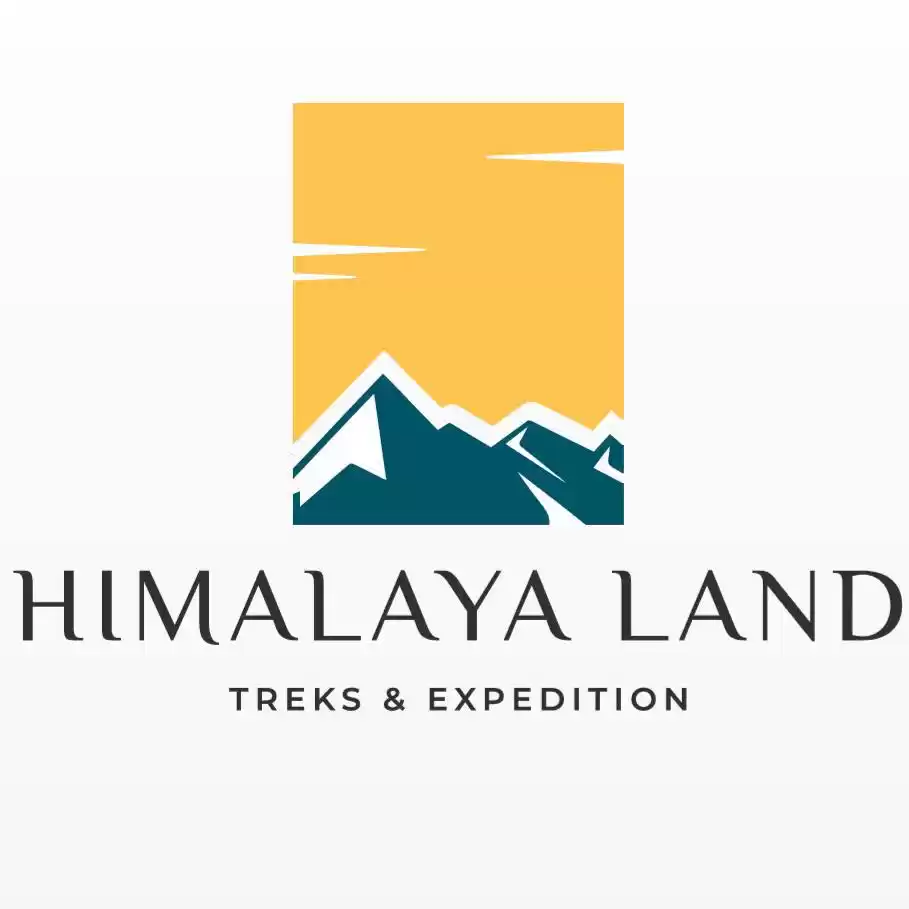Everest Base Camp is not just a destination, it’s an adventure of a lifetime. It’s a place where you can experience the beauty, diversity, and challenge of the Himalayas, the highest mountain range in the world. It’s a place where you can witness the history and stories of Mount Everest, the highest peak on Earth. It’s a place where you can fulfill your dreams and achieve your goals.
But how do you plan your dream trip to Everest Base Camp? What do you need to know before you go? How do you prepare for the trek? What can you expect at the base camp? In this article, we will answer all these questions and more. We will provide you with everything you need to know about Everest Base Camp, from choosing your route, booking your trip, packing your gear, training your body, acclimatizing your body, to enjoying your time at the base camp.
What is Everest Base Camp?

Everest Base Camp is the name given to two campsites on opposite sides of Mount Everest, where climbers and expedition teams set up their tents and equipment before attempting to summit the peak. The camps are also used by scientists, journalists, and tourists who visit the region for various purposes.
The South Base Camp is located in Nepal, on the south side of Everest, at an altitude of 5,364 meters (17,598 feet). It is the more popular and accessible base camp, as it can be reached by trekking from Lukla, a small town with an airport that connects to Kathmandu, the capital of Nepal.
The North Base Camp is located in Tibet, on the north side of Everest, at an altitude of 5,150 meters (16,900 feet). It is less crowded and more remote than the South Base Camp, as it requires a special permit from the Chinese government and a drive from Lhasa, the capital of Tibet.
Why visit Everest Base Camp?
There are many reasons why people choose to visit Everest Base Camp, such as:
1. To experience the beauty and diversity of the Himalayas, which are home to some of the most spectacular landscapes, wildlife, and culture in the world.
2. To challenge themselves physically and mentally, as trekking to Everest Base Camp is not an easy feat. It requires stamina, endurance, and adaptation to high altitude and harsh weather conditions.
3. To fulfill a lifelong dream or bucket list item, as reaching Everest Base Camp is a remarkable achievement that few people can claim. It also gives a sense of accomplishment and pride that can boost one’s confidence and self-esteem.
4. To learn more about the history and stories of Everest, which has been the site of many legendary expeditions, triumphs, tragedies, and mysteries. It also offers a glimpse into the lives and traditions of the local people who inhabit the region, such as the Sherpas, who are renowned for their mountaineering skills and hospitality.
How to trek to Everest Base Camp?
Trekking to Everest Base Camp is not a simple walk in the park. It requires careful planning, preparation, and execution. Here are some of the main steps involved in trekking to Everest Base Camp:
1. Choose your route
There are several routes that lead to Everest Base Camp, each with its own advantages and disadvantages. The most common and classic route is the Everest Base Camp Trek, which starts from Lukla and follows the Dudh Kosi river valley to Namche Bazaar, the main hub of the Khumbu region. From there, it ascends to Tengboche Monastery, Dingboche, Lobuche, Gorak Shep, and finally Everest Base Camp. The trek also includes a side trip to Kala Patthar, a viewpoint that offers panoramic views of Everest and other peaks. The trek takes about 12 days to complete and covers a distance of about 130 kilometers (80 miles) round trip.
2. Book your trip
Unless you are an experienced trekker with adequate knowledge and equipment, it is highly recommended that you book your trip with a reputable trekking company or operator that can provide you with professional guides, porters, transportation, accommodation, meals, permits, and insurance. Booking your trip in advance will also save you time, money, and hassle, as well as ensure your safety and comfort.
3. Prepare your gear
Trekking to Everest Base Camp requires a lot of gear, such as clothing, footwear, backpack, sleeping bag, mat, water bottle, camera, sunglasses, hat, gloves, etc. You should pack wisely and lightly, as you will have to carry your own gear or pay extra for porters. You should also check the weather forecast and season before you go, as it can vary greatly depending on the time of year.
Best time to trek to Everest Base Camp is from March to May or from September to November, when the weather is clear, dry, and mild.
4. Train your body
Trekking to Everest Base Camp is physically demanding, as you will have to walk for several hours a day on uneven terrain at high altitude. You should train your body before you go by doing some cardio exercises such as running, cycling, or swimming. You should also do some strength exercises such as squats, lunges, or push-ups. You should also consult your doctor before you go and get a medical check-up to make sure you are fit and healthy.
5. Acclimatize your body
Trekking to Everest Base Camp is also mentally challenging, as you will have to cope with the effects of high altitude on your body and mind. High altitude can cause symptoms such as headache, nausea, dizziness, fatigue, loss of appetite, and insomnia. To prevent or minimize these symptoms, you should acclimatize your body by ascending slowly and gradually, taking rest days, drinking plenty of water, eating well, and avoiding alcohol and tobacco. You should also carry some medication such as Diamox or Ibuprofen in case you need it.
What to expect at Everest Base Camp?
Reaching Everest Base Camp is an unforgettable experience that will reward you with amazing views, memories, and emotions. Here are some of the things you can expect at Everest Base Camp:
A sense of awe and wonder: As you stand at the base of the highest mountain in the world, you will feel a mix of awe and wonder at the sight of the majestic peak, the massive glacier, and the colorful tents. You will also feel a connection with nature and history, as you realize that you are standing on the same ground where many famous climbers and explorers have stood before you.
A sense of gratitude and joy: As you reflect on your journey and achievement, you will feel a surge of gratitude and joy for having made it to Everest Base Camp. You will also feel a bond with your fellow trekkers, guides, porters, and locals, who have supported you and shared this experience with you. You will also feel a sense of satisfaction and pride for having overcome the challenges and difficulties that you faced along the way.
A sense of respect and humility: As you witness the beauty and power of Everest, you will also feel a sense of respect and humility for the mountain and its environment. You will realize that Everest is not only a destination, but also a living entity that deserves respect and care. You will also realize that you are not only a visitor, but also a guest who has been granted a privilege to be there.
Also read: Things Which You Should Know If You Are Planning For The Everest Base Camp
Everest Base Camp is more than just a place. It is a journey, a challenge, a dream, and a reward. It is an adventure that will test your limits, teach you lessons, and enrich your life. If you are looking for an unforgettable experience that will inspire you and change you, then Everest Base Camp is for you.

